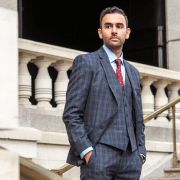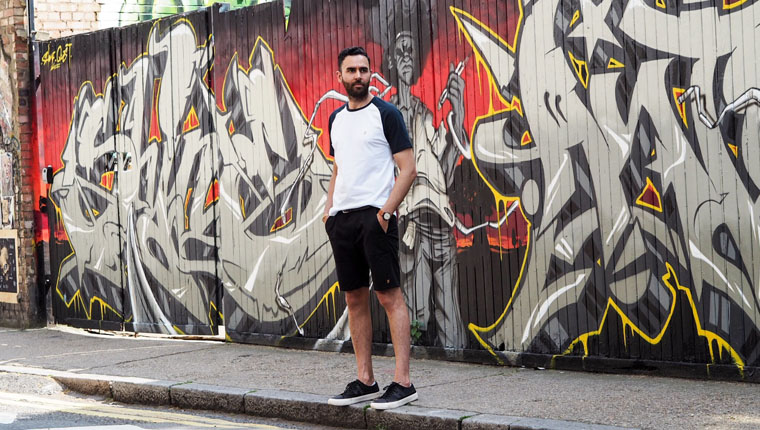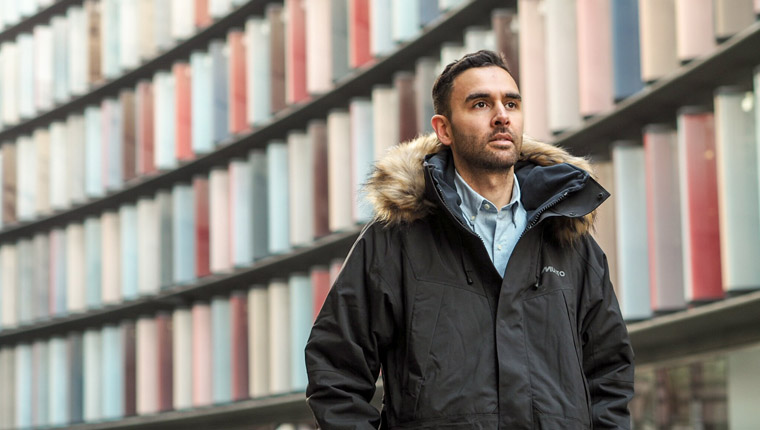John Adams is a leading daddy blogger who writes the award-winning Dad Blog UK. Winner of the Best Dad Blog at the Vuelio Blog Awards 2016, John has consistently been ranked in the Top 10 UK Daddy Blogs. With Father’s Day just around the corner, we caught up with John to talk all things daddy blogging, from spending time with the kids and finding time to post, to working with brands and being part of the incredible dad blog community.
What makes your blog unique?
What makes my blog unique is that I am a man living the equality dream. It’s my wife who works full time and provides materially for the family whereas it’s me who is in the playground twice a day doing school drop off and collection.
My blog has transitioned. A lot of dad bloggers are very focused on the earliest years of childhood but I’m now focused on the school years.
I remain the stay-at-home parent, but with both kids at school I dedicate more time to blogging. This is quite a common pattern for mum bloggers but not so with dads who are usually the ones working full time.
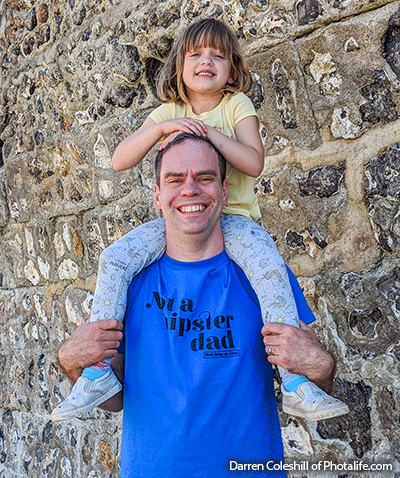 What’s the best thing about being a dad?
What’s the best thing about being a dad?
There are so many it’s hard to pick one. There is nothing quite like putting your phone away and simply spending time kicking a ball around a park or reading to your child. Spending one-on-one time with your kids is simply priceless.
Alas, we’re in the midst of a house move. This has totally dominated the past five months of my life. I’ve not spent the quality time I would have liked with the kids. I’m looking forward to correcting that balance over the summer holidays when we’re all moved in.
How are daddy and mummy blogs different?
This is a very good question. I think the big difference is that most dad bloggers are holding down full-time jobs so for the majority, it is a hobby with the occasional perk. For many mums, blogging is their main source of income or a way to promote some other business interest.
Needless to say, mums also excel at sharing their birth stories. I’m not too sure what us dads can do to rival mums at this game.
How would you describe the daddy blogging community?
The dad blogging community is generally very supportive. As you might expect it’s very diverse, taking in stay-at-home dads, working dads, same sex couples and so on.
There’s no question the dad blogging community is much larger than it once was and I see there is more competition than ever before. There’s also been a trend towards dads who put the majority of their content on Instagram.
The campaigns guys are working on and brands they’re working with are much bigger than they once were. It’s a further sign the dad blogging world has matured.
When do you create most of your content?
Things have changed for me over recent months. I became my kids’ main carer seven years ago, so my wife could focus on her career.
My youngest daughter, Izzy, is now at school so I can dedicate more time to blogging and producing content. Whereas I used to write mostly before the kids got up between 5am and 7am, these days I produce most of my content during school hours.
I still do 5am starts once or twice a week but it doesn’t happen every day. Sometimes I wish there were more hours in the day and days in the week!
What are the biggest issues facing dads in the UK today?
I think a lack of paternity pay is one of the biggest men’s rights issues of this era. Many men, as they’re the main earners in their families, simply cannot afford to take paternity leave and yet it’s one of the most crucial times in forming a healthy and lasting relationship with your child.
There’s also the ongoing issue with shared parental leave (SPL). We introduced a very weak form of SPL in the UK and it’s bitten us on the behind because, surprise surprise, men think they’ll harm their careers if they ask employers for time off to be with a newborn child. If you want detail, see this blog post I wrote a few months ago.
Dads also face many of the issues mums do. Discrimination at work, what to do about screen time, how to monitor tech your kids are using and so on. It’s not easy being a parent!
Do bloggers need their own association or industry institute (and why)?
Oh my word, yes, yes and yes again. Blogging is no longer ‘new media’. It is an established form of media and a significant amount of marketing spend makes its way to the blogging community.
This cuts both ways. We should have a trade association to ensure we are not taken advantage of by unscrupulous agencies and businesses. Likewise, if we had an association and had to abide by a code of conduct, it would give the PR world some reassurance they were dealing with credible, responsible bloggers.
We don’t have an authoritative voice to offer advice on issues like the GDPR or what we should do regarding disclosure of paid-for content and that kind of thing. We also have no one representing bloggers at a government or policy level. Considering how much money is invested in the creative industries, that’s a ridiculous situation.
I wrote about this for the Vuelio blog a little while ago, as did my blogging chum Tim of Slouching Towards Thatcham. It’s a discussion us bloggers need to have.
What one thing should PRs/brands know about you?
I have experience of working in PR so I can think like a PR rep and have a good idea of what agencies and their clients are trying to achieve. I am also a very experienced blogger and I think I can get away with saying that I have a high media profile. I regularly make print and broadcast media appearances commenting on parenting and lifestyle issues.
I am also flexible and thoroughly enjoy what I do. Don’t be shy, get in touch with me!
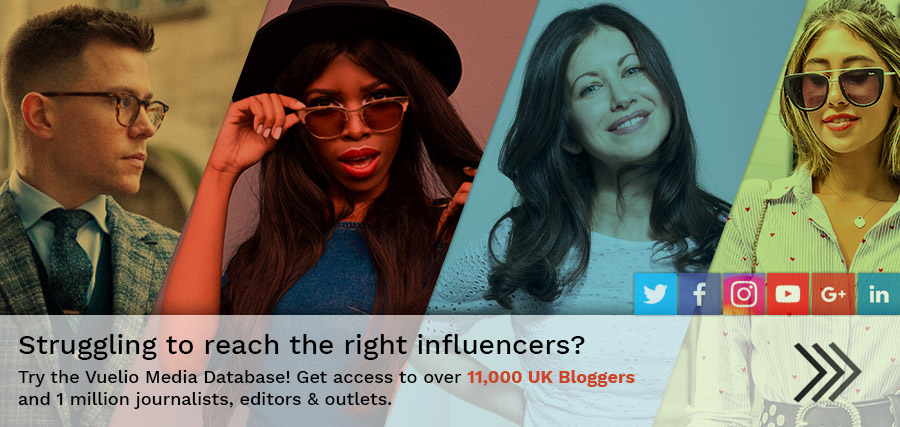
What are your favourite collaborations?
I worked on a superb campaign last year with Goodyear Tyres. A group of us went out to Luxembourg and were let loose on a test track to try out its Vector All Seasons tyre.
I also enjoyed working with Graco, which produces car seats, travel cots and the like. I tested a lot of products and we still use one of the Graco car seats I reviewed at the time. The campaign also involved working with agony aunt Suzi Hayman, who is just lovely.
Another great campaign was one I worked on for a small electric car rental company called EVR Go Electric. I tried out five different electric cars in five days. It was a very busy week but I learned a lot about electric vehicles.
What other blogs do you read?
Diary of the Dad written by Tom Briggs is one I come back to very frequently. Jo Middleton’s Slummy Single Mummy is a perennial.
I’m doing more and more on Instagram so thoroughly enjoying what @tobyandroo and @london_dad do.
Can I get away with putting a podcast on this list? I’m a huge fan of a US podcast called This American Life. I love its in-depth reports about life on the other side of the Atlantic.
John Adams and his award-winning blog are both listed on the Vuelio Influencer Database along with thousands of other bloggers, vloggers, journalists and opportunities.






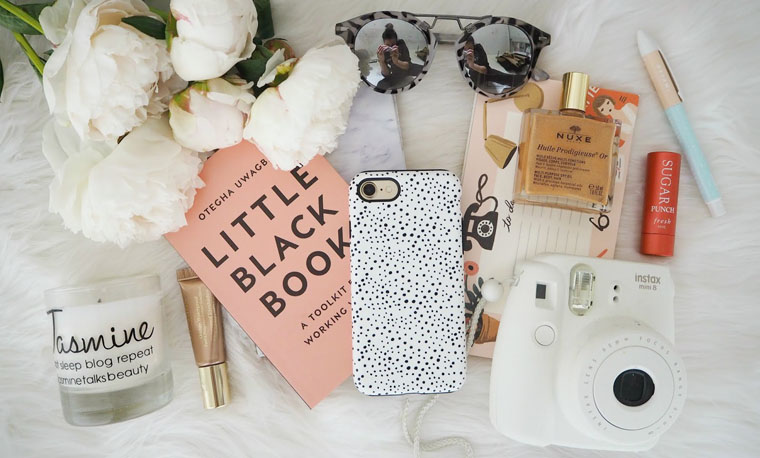



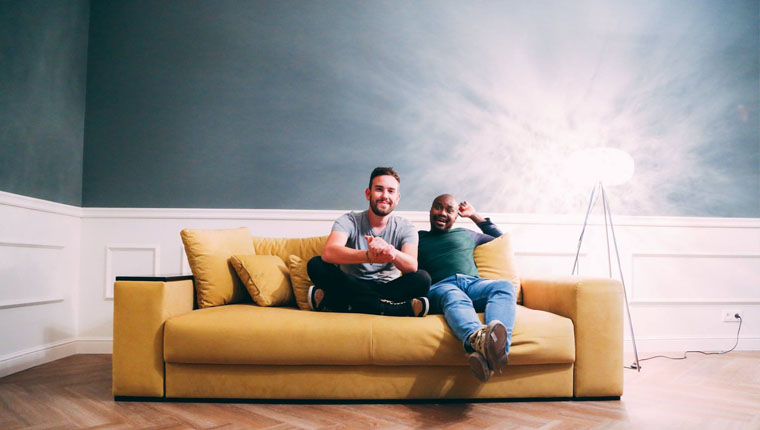



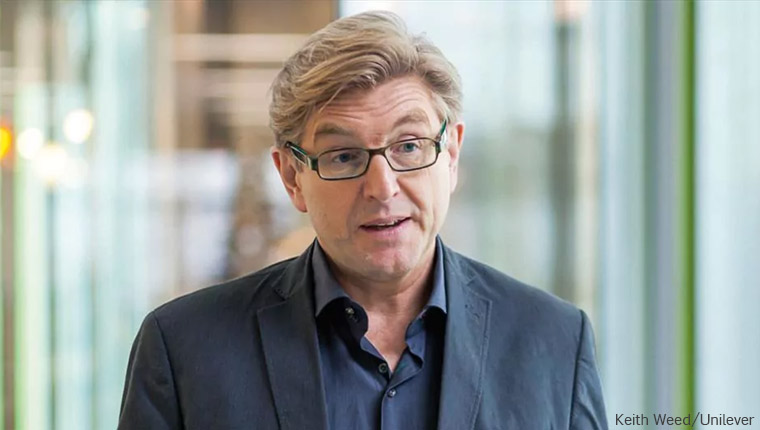
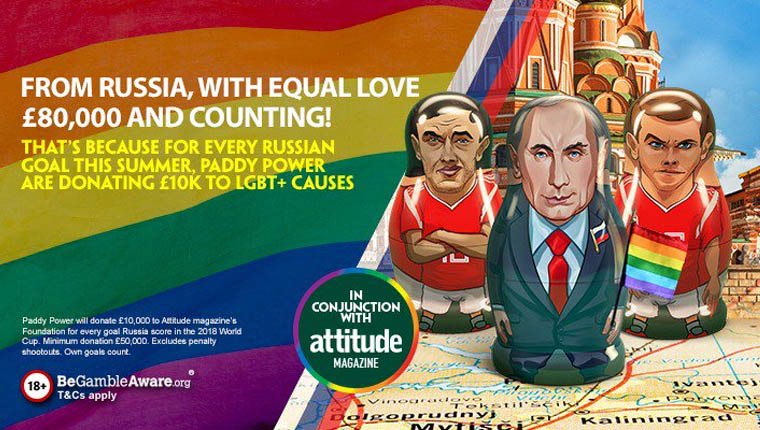
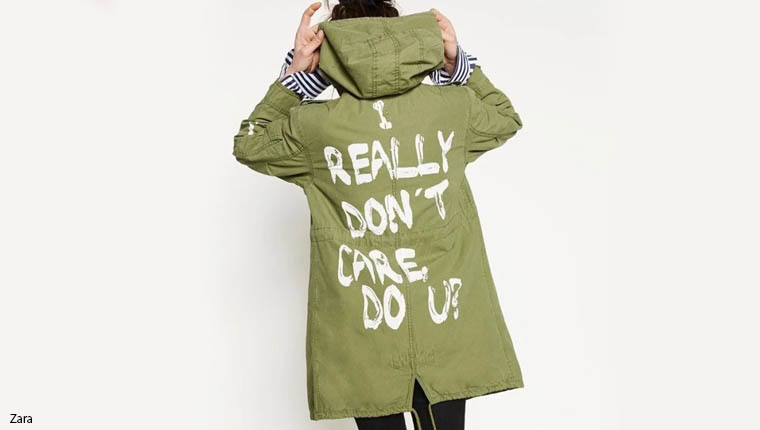
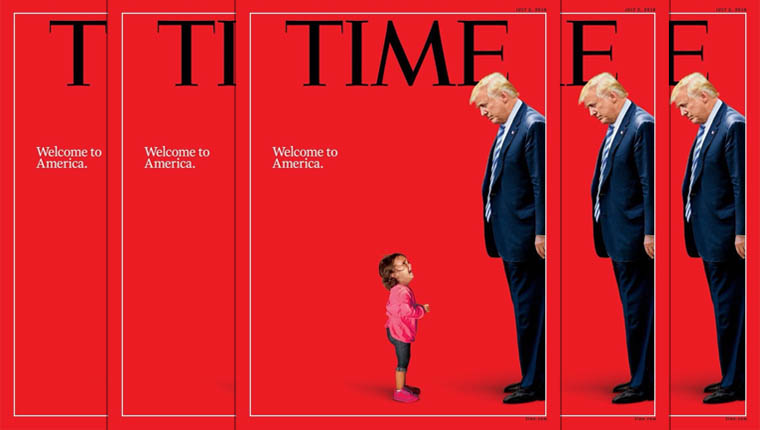

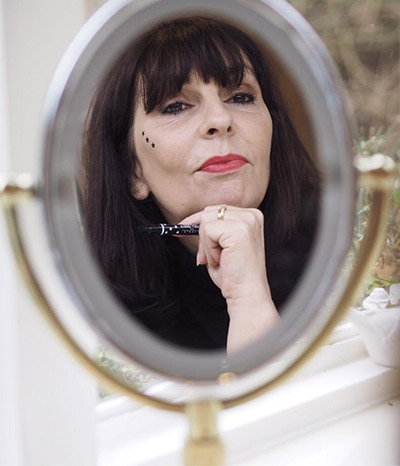 How has your blog changed from when you first started to now?
How has your blog changed from when you first started to now?
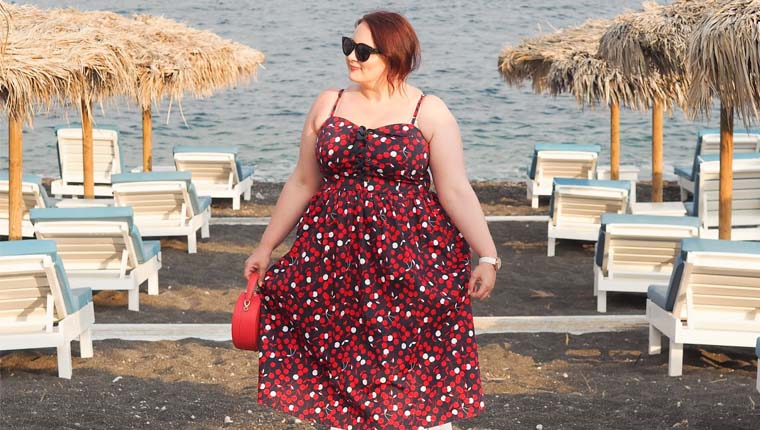
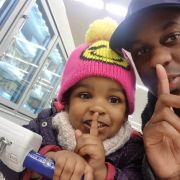
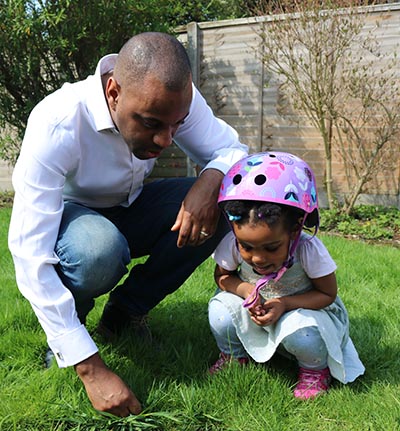

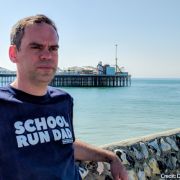
 What’s the best thing about being a dad?
What’s the best thing about being a dad?
 What’s the best thing about being a dad?
What’s the best thing about being a dad?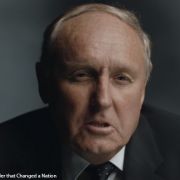

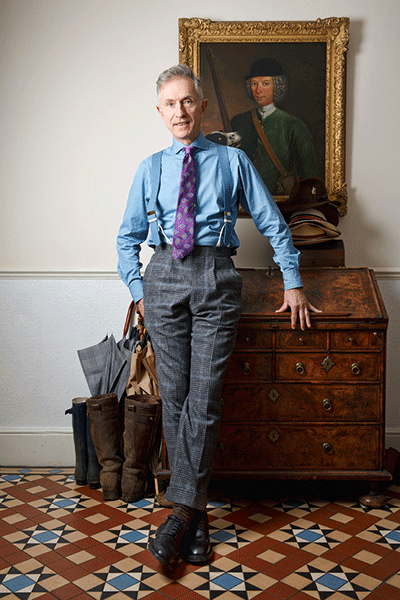 What makes your blog unique?
What makes your blog unique?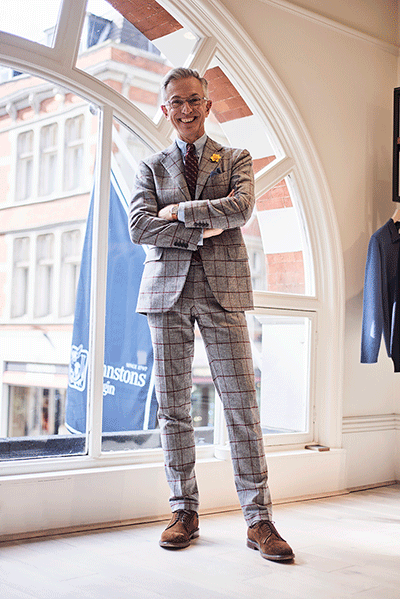 Shoes or watch?
Shoes or watch?